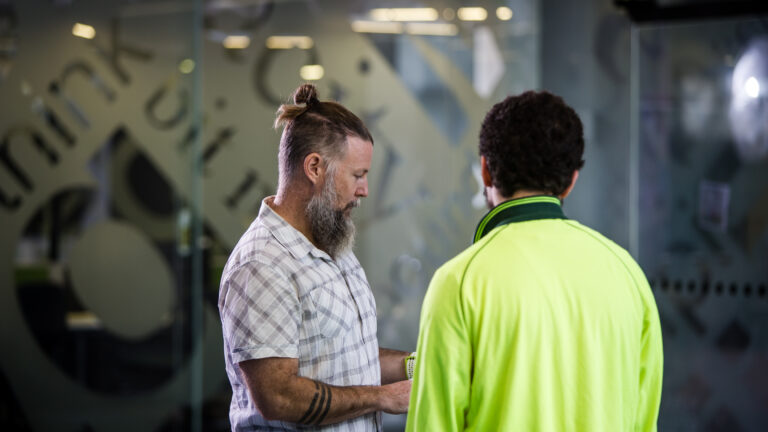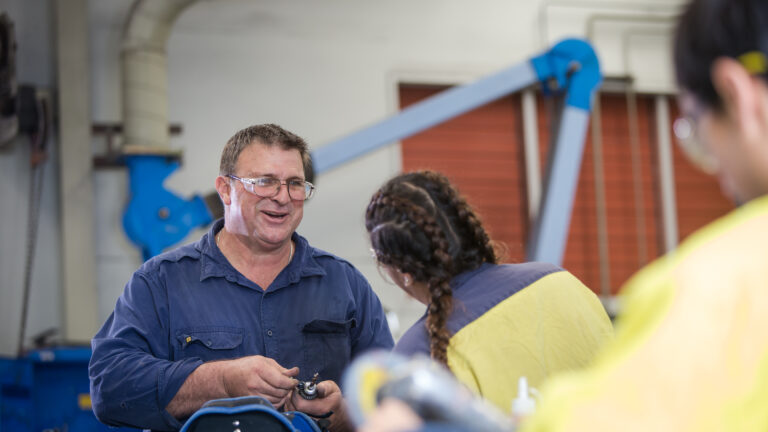Key Points
- All VET providers are required to have their own complaints and appeals process.
- If the provider’s complaints process leaves you dissatisfied, you can contact the national VET regulator about your concerns.
- Your teen may be able to change VET providers, if necessary.
As a parent of a teen studying VET at school, or of a young person who plans to study VET when they leave school, it’s important to be informed about what your child should expect from their course. In this series, we explore what you need to know when choosing a VET provider or Registered Training Organisation (RTO), what a quality VET course should deliver, and what to do if you have concerns with the quality of your teen’s training.
Every young person is different and needs to find the learning pathway that works for them. When your teen chooses a vocational education and training course, it is important that they are supported and receive high-quality training throughout the course. As a parent, it’s important to know that you can support your teen to raise any concerns you might have about the quality of training your teen is receiving.
Your complaint is important
Poor quality training affects not only students, but also employers and the general community. Making your concerns known is important because it will encourage providers to deliver quality outcomes for students.
First step: Raise your concerns directly with the training provider
Be direct and use the training provider’s internal complaints and appeals process. All training providers or RTOs are required to have a process that ensures complaints are managed effectively and efficiently. This is a condition of their registration with the Australian Skills Quality Authority (ASQA), the national VET regulator.
Dealing with the training provider directly is often the most timely and effective way to find a resolution. Ask the provider about their complaints and appeals process, and follow the recommended steps. Before you begin the process, it can be helpful to think about what your ideal outcome would be, and what other outcomes you would find acceptable.
What if I’m not satisfied with the provider’s response to my complaint?
If you have engaged with the complaints process of your teen’s VET provider and you still have concerns, you can make a complaint to ASQA. You can do this via ASQA’s online portal, asqaconnect.
You’ll need to create an account using your name, email address and contact phone number. ASQA will not disclose your identity to the provider unless you give permission.
What should I expect after I have lodged a complaint with ASQA?
ASQA will acknowledge receipt of your complaint and start a review of the complaint detail. Through the review ASQA will decide whether to undertake further investigations. This can lead to a variety of actions by ASQA, which include referring the complaint to the local state authority or even cancelling the provider’s registration.
ASQA will usually not advise you about the actions they take or the outcome of any investigation. ASQA is responsible for ensuring training providers meet their obligations, but does not help to resolve disputes between students and training providers.
What if I want my teen to change to a different VET provider or RTO?
If your teen is not feeling supported in their training for any reason, you might decide that the best response is to support your teen to change training providers. You can find other RTOs that offer the same kind of training at MySkills.gov.au. There are many RTOs, so it’s important you and your teen do your research so you can select the option that will best meet your teen’s training needs.
When making a decision about a new RTO, your teen may:
- talk to other people about the RTOs they have used or heard about to hear first-hand experiences;
- organise to visit the RTO’s physical location to see their facilities and talk to staff;
- attend an open day; and
- prepare a comparison table of potential RTOs.
Additional information to assist in choosing a RTO is available at myskills.gov.au.
More information
- The Australian Skills Quality Authority (ASQA) has information about what to do if you have a complaint about a VET provider. ASQA’s website also lists some other organisations that can offer support with specific kinds of complaints or disputes.
- MySkills.gov.au is a national directory of VET courses and providers.
- Myfuture.edu.au provides resources to explore career pathways and tools to develop self-knowledge to help with career decision-making.
- The Queensland Training Ombudsman offers free, confidential and independent service to review and resolve enquiries and complaints from anyone in the VET system.
- The Queensland Department of Education website has useful information about VET in schools.
- The Queensland Government has helpful information about VET.
Last Updated: 22 February 2024





